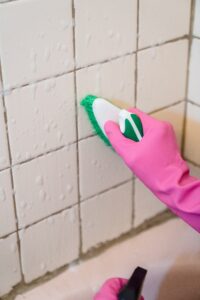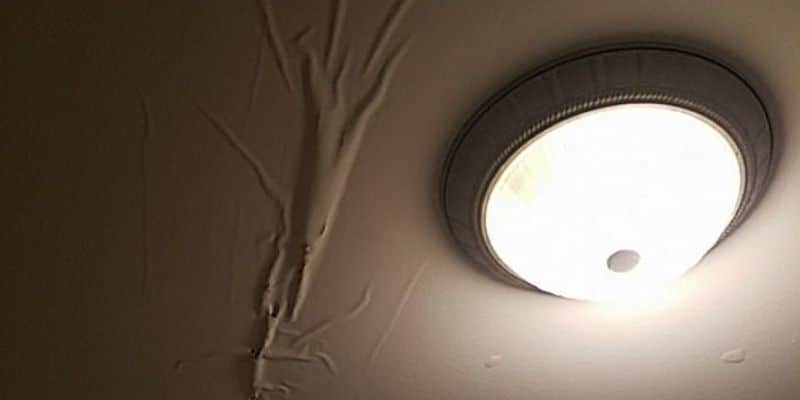How to Identify and Fix Water Stains on Walls
How to Identify and Fix Water Stains on Walls
Blog Article
We've stumbled upon this post on Water Stains on Walls down the page on the internet and think it made good sense to relate it with you in this article.

Water spots on wall surfaces are not pleasurable to the eyes. Your home ought to be without spots on the walls, roofing, or floors. That is the suitable state of a home and also its structures. Yet, occasionally it seems virtually unavoidable to experience water discolorations on walls in homes.
Homeowners living in damp areas frequently deal with the fear of water stains on wall surfaces. With accurate and all-round details on the reasons of water stains and timely repair service procedures, you will certainly constantly be an action ahead of such occurrences.
3 Common Root Causes Of Water Spots on Wall Surfaces
In contrast to common belief, water discolorations on wall surfaces do not constantly stem from bad building materials. There are several reasons for water stains on walls. These include:
Damp
When hot moist air meets with completely dry cool air, it creates water beads to base on the wall surfaces of structures. This takes place in bathroom and kitchens when there is heavy steam from cooking or showers. The water beads can discolor the surrounding walls in these parts of your house and spread to various other locations.
Moist or condensation affects the roof covering as well as walls of structures. When the wall surface is wet, it creates an ideal atmosphere for the growth of fungis as well as microbes.
Poor Water drainage
This will certainly stop water from seeping right into the walls. This web links to excessive moisture that you discover on the wall surfaces of your building.
So, the leading source of wet wall surfaces, in this situation, can be a poor drain system. It can additionally be because of inadequate administration of sewer pipes that go through the building.
Pipe Leaks
The majority of houses have a network of pipes within the wall surfaces. This ensures that the pipes are faraway from the reach of devastating rodents. It always boosts the stability of such pipes, as there is little oxygen within the wall surfaces. This discourages corrosion.
A downside to this is that water leak influences the walls of the building as well as creates widespread damage. A dead giveaway of damaged pipelines is the look of a water tarnish on the wall surface.
Pro Tip
A houseplant in your home additionally raises its moisture. So, if your home is already moist, you might want to introduce houseplants with very little transpiration. An instance of ideal houseplants is succulents.
Water Stains on Wall: Repair Work Tips
When dealing with water stains, property owners would normally desire a fast solution. Yet, they would certainly quickly realize this is disadvantageous as the water stains repeat. Below are a couple of handy pointers that will certainly lead you in the fixing of water discolorations on wall surfaces:
Verdict
Although no person wishes to have water stains on walls in their home, it can take place to the most effective of us. This post provides you leverage, as you currently understand exactly how to handle this problem if it does happen.
It is always best to hire expert services to aid repair the damages in your house.
Often it seems virtually inescapable to experience water stains on wall surfaces in houses.
In contrast to prominent belief, water discolorations on walls do not always stem from bad building products. There are a number of causes of water spots on walls. The water beads can stain the bordering walls in these components of your house and spread to various other areas.
Below are a few handy ideas that will assist you in the repair of water discolorations on walls:
CHECKING FOR WATER DAMAGE
Water damage can be costly, and it may begin before you even notice the first signs of trouble. Water damage can cause mold and mildew in your walls and floors, which can create an abundance of health concerns for your family. It can also lead to costly repairs of various appliances and general home fixtures. To avoid the pricey consequences of water damage, here are Warner Service s top 5 places you should check:
The walls The easiest place to spot the beginnings of water damage is on the walls and ceilings of your home. If water damage is present, there will most likely be water stains, especially around the windows and doorframes, and/or cracks in the drywall. If a stain looks unusual (discolored to brown, black or gray, raised texture), has a swollen appearance or is soft to the touch, contact a professional immediately. The pipes To avoid water damage, consistently check the pipes in your kitchen (especially the dishwasher and ice maker), bathrooms, laundry room (specifically washing machines) and basement for corrosion, leaks and water stains. Pay special attention to where the pipes connect in your home and the location of caulking around the bathroom fixtures, including toilets, sinks, showers and tubs. Missing or loose caulking and grout could be signs of leaking water. This seepage can also quickly cause mold and rust, so double check your water heater and tank for wet spots on the floor. The floor Water damage is very easy to spot on the floor. Look for any warping or buckling of the material, especially in the basement. If your home has wood flooring, look for bright white or dark stains. If your home has carpeting, keep it dry and clean. A damp carpet that smells of mold could cause water damage and health problems. To avoid this, consider installing floor pans under your appliances to help prevent damages from small, slow and undetected leaks. The basement and attic If your basement or attic smells odd check for mold and mildew around the area, especially the valley where the roof meets. While you are inspecting those areas, check for wall cracks, floor stains, rust and dampness in the insulation. If you live in a colder and/or rainier climate, perform routine checks for water damage from melting snow or ice and rain. The exterior Check the roof for damaged flashing and missing, cracked or curled shingles. There should also be no standing water anywhere outside your home. This could be caused by puddles, leaky rain gutters or hoses, poor drainage, or short gutter spouts. Invest in a sump pump system or water flow monitoring system, and perform routine maintenance on these outdoor appliances to avoid indoor water damage.

Do you like reading up on Water Stains on Walls? Post a remark down the page. We will be pleased to find out your views about this blog posting. We hope to see you back again later on. Are you aware of another individual who is truly interested in the niche? Feel free to promote it. We treasure reading our article about How to Find and Repair Water Leaking in the Wall.
Schedule Services Report this page